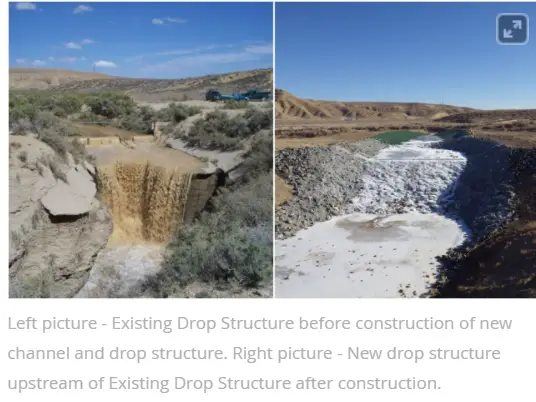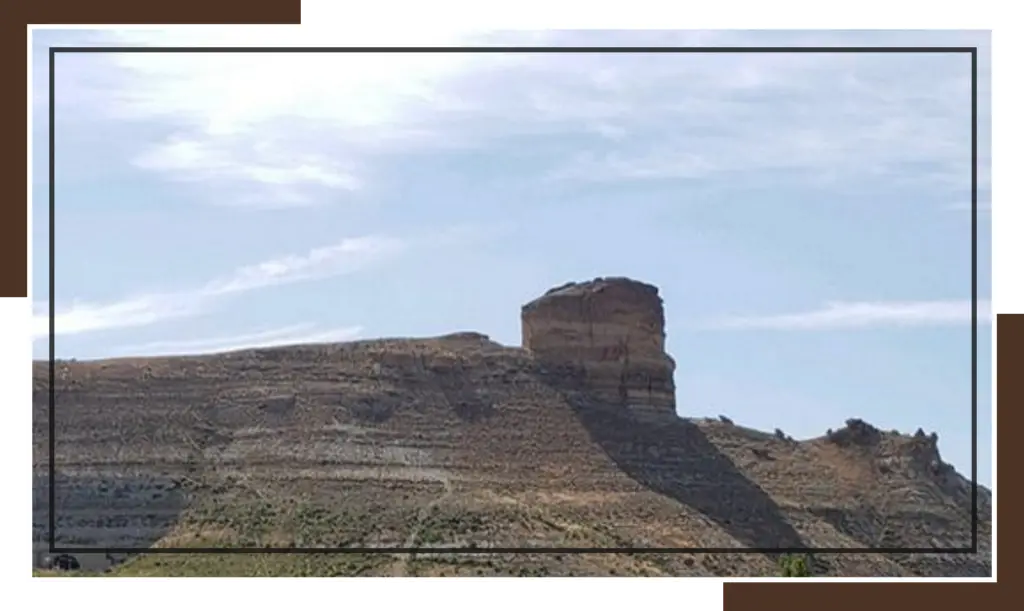Content taken from: http://deq.state.wy.us/wqd/watershed/TMDL/TMDL.htm
David Waterstreet
If you have any questions, please contact David Waterstreet at (307) 777-6709.


Excerpt from the Integrated Report – the 2012 303(d) List


In 1989, the State adopted a Nonpoint Source Management Plan to address nonpoint sources of pollution. Under this voluntary program, the state provides Clean Water Act Section 319 funds to local entities for projects which address nonpoint source pollution.
© 2021 SWEETWATER COUNTY CONSERVATION DISTRICT | All Rights Reserved. Website by Web.com